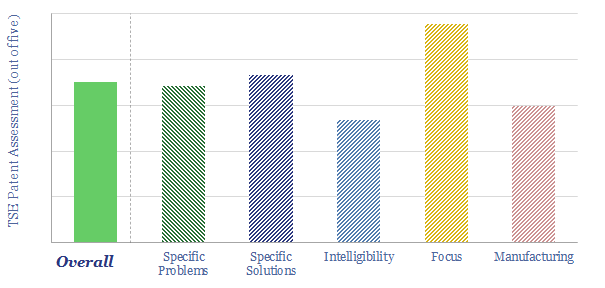
General Fusion technology review. General Fusion is developing a magnetized target fusion reactor, to fuse heavy isotopes of hydrogen (deuterium and tritium). It confines 100MºC plasma within a vortex of liquid…
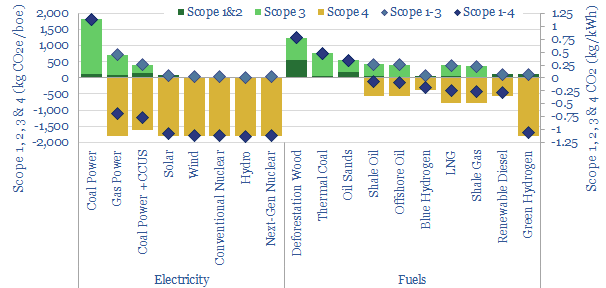
…biofuels, wind, solar, nuclear, hydrogen, CCUS, EVs, heat pumps and forestry. Next we calculate the Scope 1&2 CO2 emissions involved in producing the energy product. Then we calculate the Scope…
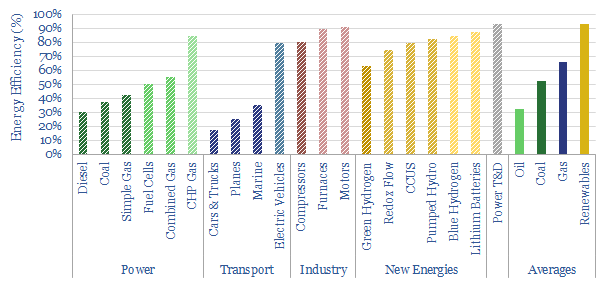
…world that is in energy deficit. The best examples in this category are hydrogen, batteries and CCS. Conventional energy is also getting more efficient. It would be wrong to conclude…
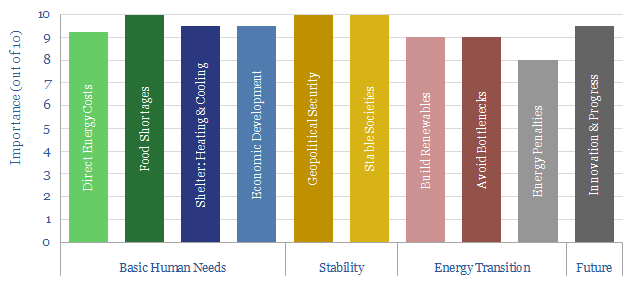
…batteries, biofuels, hydrogen have energy penalties (pages 9-11). Our final consideration is that harnessing energy has been one of the greatest enablers of human progress. It truly has. One narrative…
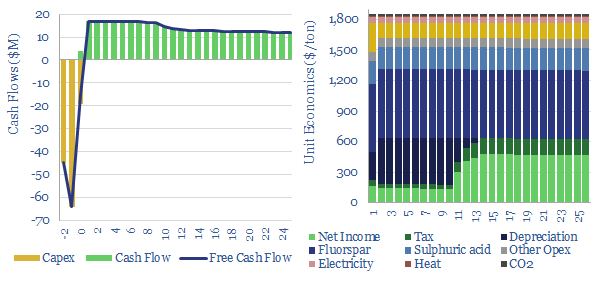
…in its own right, to etch silicon chips, metals and blow insulation foams. This economic model captures the production of hydrogen fluoride from acid-grade fluorspar and sulfuric acid. We think…
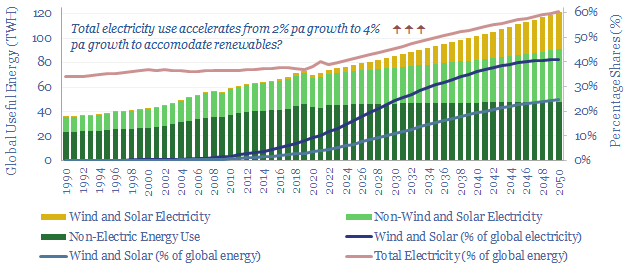
…presented on pages 4-5. What about energy storage? Can batteries and hydrogen solve the various volatility issues, and increase the percentage share of renewables. Again, summarizing four years of research,…
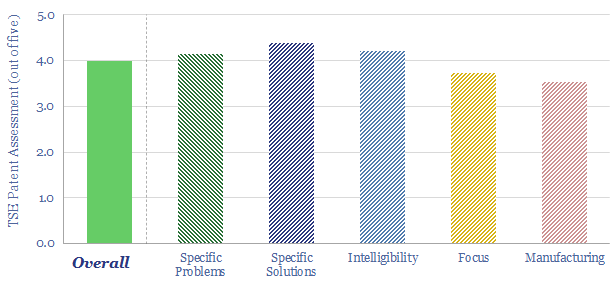
…carbon black, which raises the intriguing possibility of providing an offtake for the carbon black coming out of turquoise hydrogen plants. There are four major challenges to explore, based on…
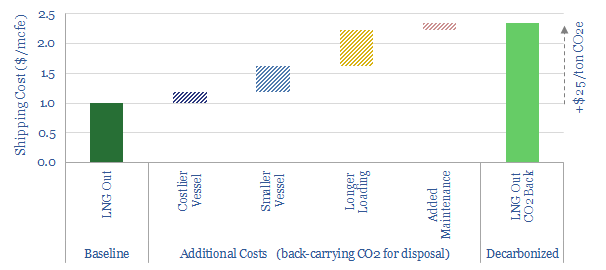
…disposal cost comes in around $100/ton (page 11). It is interesting to draw comparisons between the relative costs and complexities of transporting hydrogen (page 12). Who could transport CO2 in…
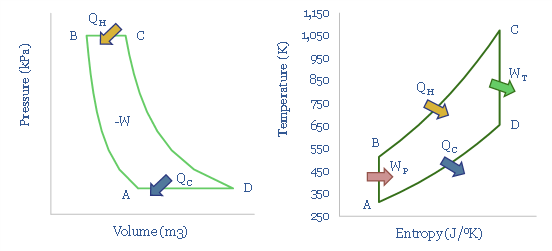
…appeal of electrification, natural gas, ultra-efficient gas turbines, CHPs, advanced nuclear HTGRs and new super-critical CO2 power cycles; and conversely, some relative drawbacks for steam cycles, green hydrogen and electro-fuels….
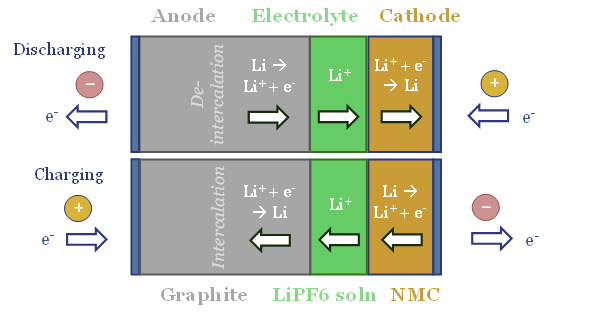
…in our pumped hydro model, other battery models. So we do not think long term storage (via batteries or hydrogen) will ever come into the money. We see more opportunity…










